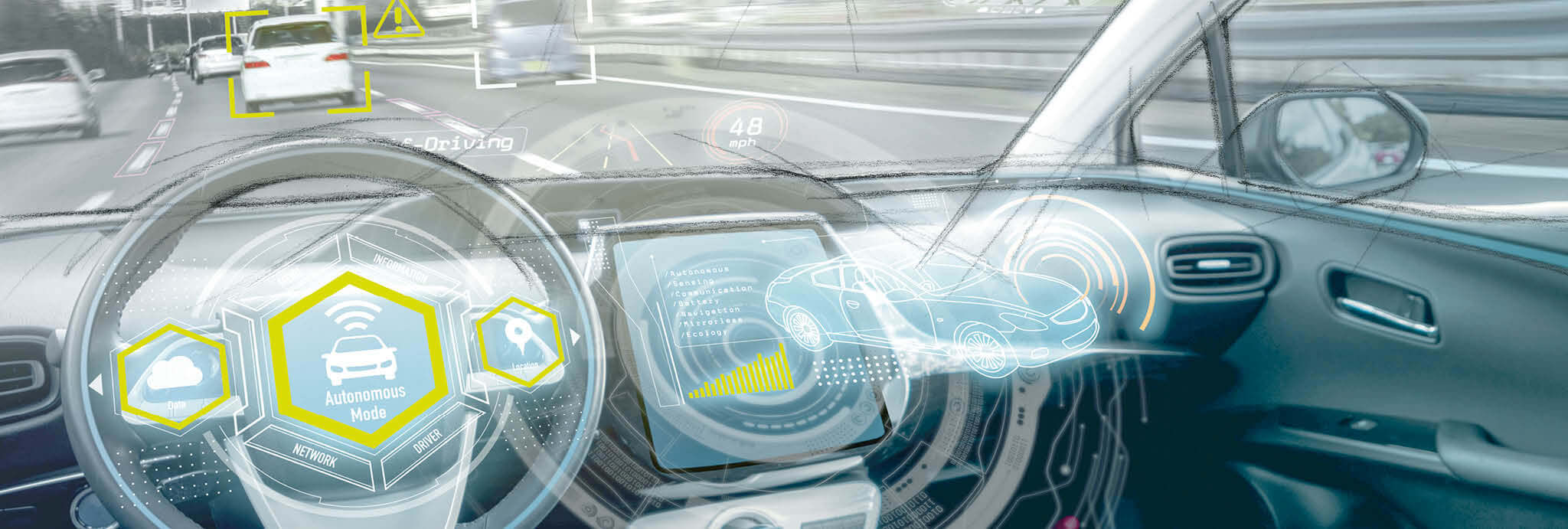

In contrast to the implicit FEM strength calculation, dynamic analyses simulate highly dynamic and short-term stresses on components. Particularly in the automotive industry or in rail vehicle technology, occupant safety and increasing vehicle safety requirements can be tested and ultimately verified cost-effectively – without having to build several prototypes and destroy them again in dynamic analyses such as crash tests.
Investigate the crash behaviour of your components at an early stage and benefit from greatly reduced development times, cost savings and optimum vehicle safety. In addition, thanks to the simulations, compromises between the lightest possible design and a safe component can be made at an early stage.
Whether drop tests or shock loads from driving – with special software and our expertise in dynamic analyses, we provide you with a detailed overview of the structural behaviour.

Optimum Vehicle Safety Thanks to Extensive Dynamic Analyses
Thanks to the FEM calculation, we first identify structural-mechanical weak points in the design so that these can be optimised. The simulation is then carried out again on the FEM model and this loop is repeated until the results of the dynamic analyses show that the product either comes through a crash without damage or with the damage permitted by the product approval.
Particular attention is paid to the connection technology of the individual components. We define the stiffness and material properties precisely in the FEM model so that not only the overall deformation under the dynamic load effect is analysed, but also component stresses, strains and overloading of individual components in interaction with the adjacent components.
Portfolio of Dynamic Analyses for Vehicle Safety
-
Crash analyses of vehicle structures and components (UN, EuroNCAP, FMVSS, IIHS)
-
Interior design for cockpit, greenhouse and door trim (UN R21, FMVSS201, side crash load cases)
-
Calculated design of the front of the vehicle with regard to pedestrian protection (UN R127, GTR 9, EuroNCAP)
-
Calculation of occupant protection for front, side and rear impact (UN, EuroNCAP, FMVSS, IIHS)
-
Seat calculation including belts and anchorages
-
Airbag analyses – flap opening and loading of surrounding components
-
Crush-Analysis for validation of battery enclosures (UN R100)
-
Design of substitute tests for component development
-
Computational design of HV batteries and enclosures for e-vehicles
Would you like more details on how we can best support you with your product? Take a look at our flyer or contact us for an initial discussion.
Are you interested in further FEM calculations in addition to dynamic analyses or would you like to find out more about our entire service portfolio in the mobility sector, including the development of high-voltage batteries? Then take a look at the following pages.
Would You like to contact us?
Gladly we are at your disposal for any questions!